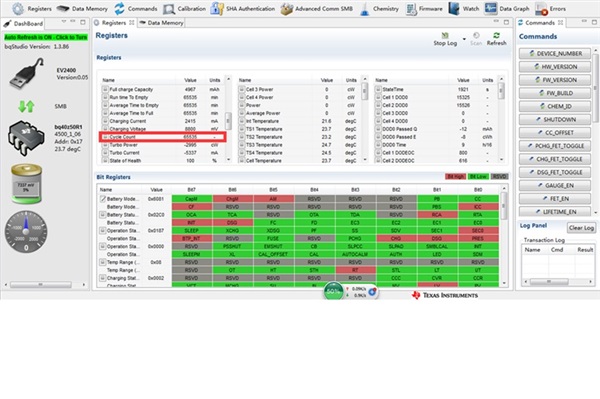Other Parts Discussed in Thread: BQSTUDIO
Hi Team,
Now customer have to 2S-1P MP product w/ TI bq40z50-R1.
We found two kinds of fail from customer return.
Case1. Cycle count just show once in the before products. But now the we found the cycle counts is 65535.
Case 2. The correct battery capacity is 4830mAh, but we get the capacity 11565 mAh.
This is MP product and we ship 20,000 unit. We found the fail number is 16 pcs of 200 pcs recently.
customer want to know what causes this issue and do you have any comment or suggestion?



